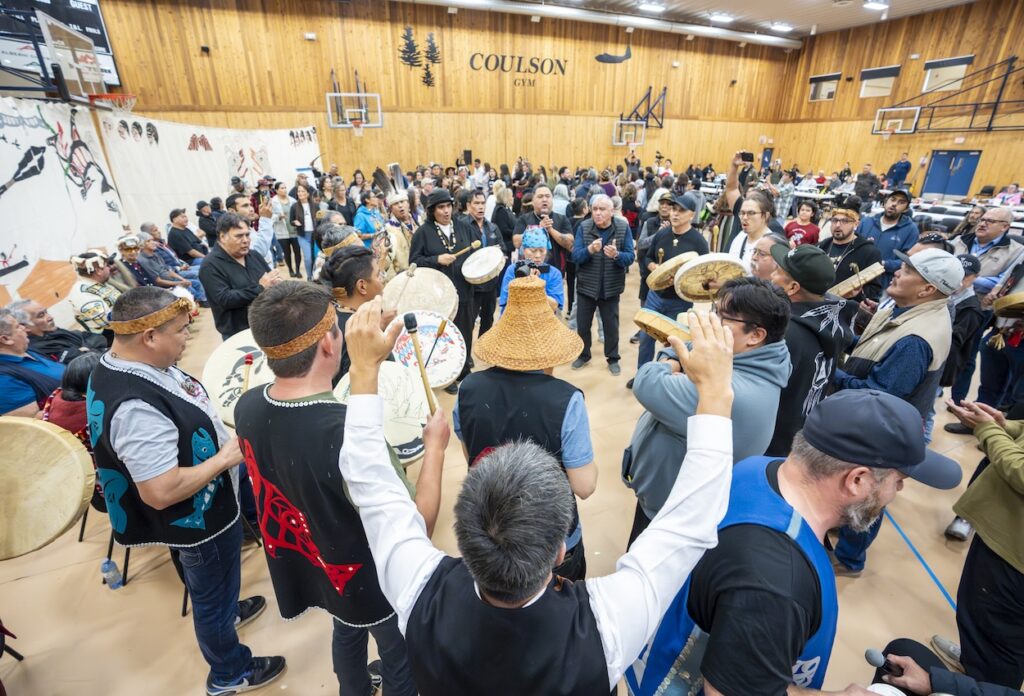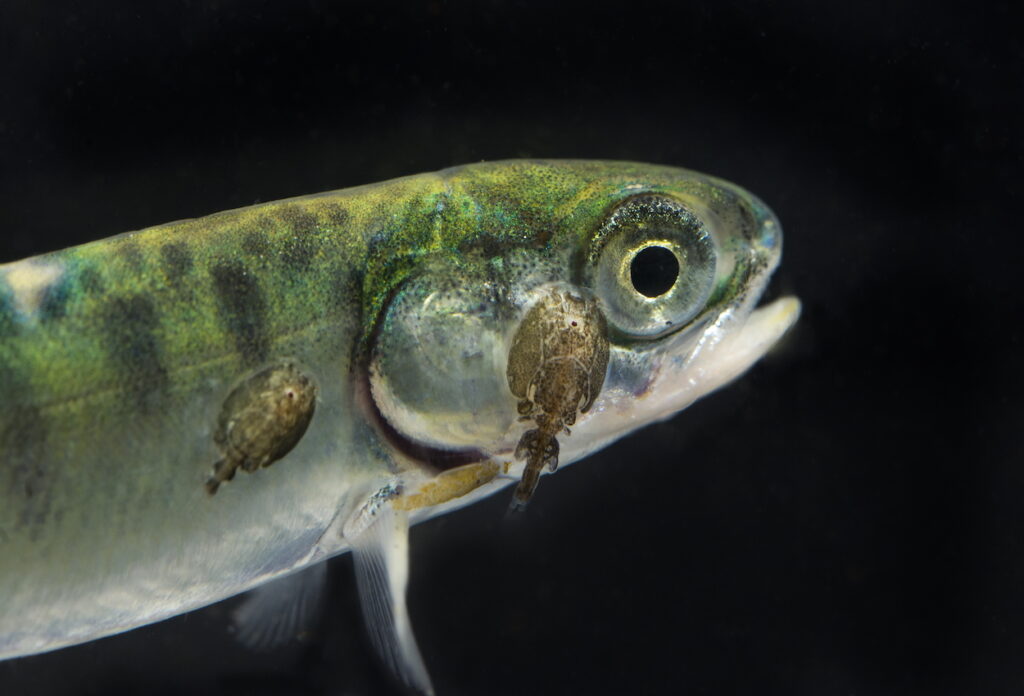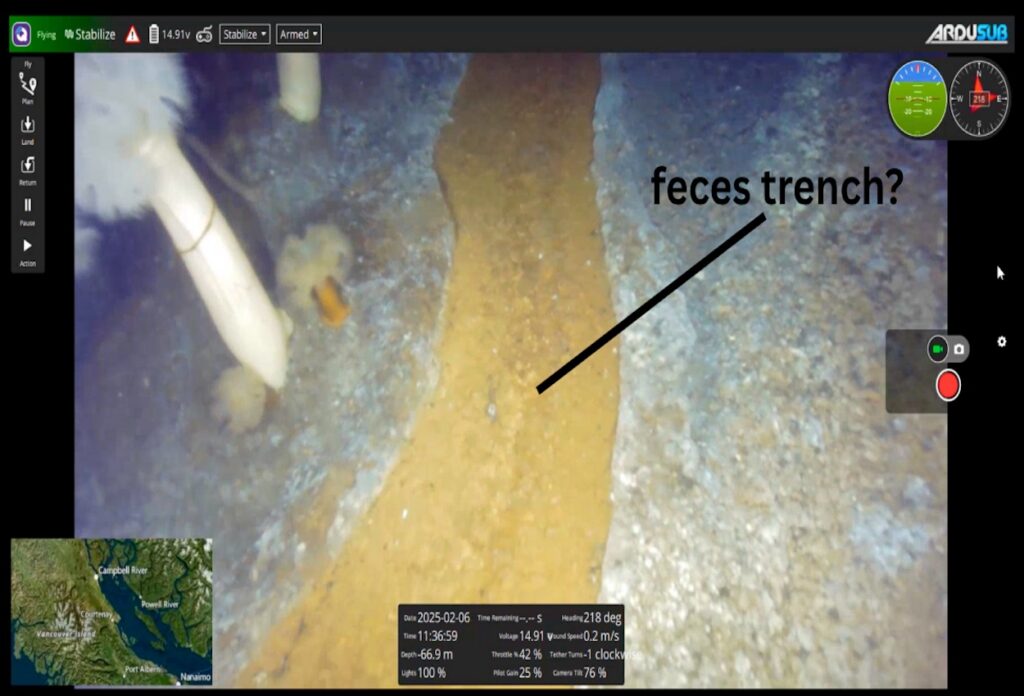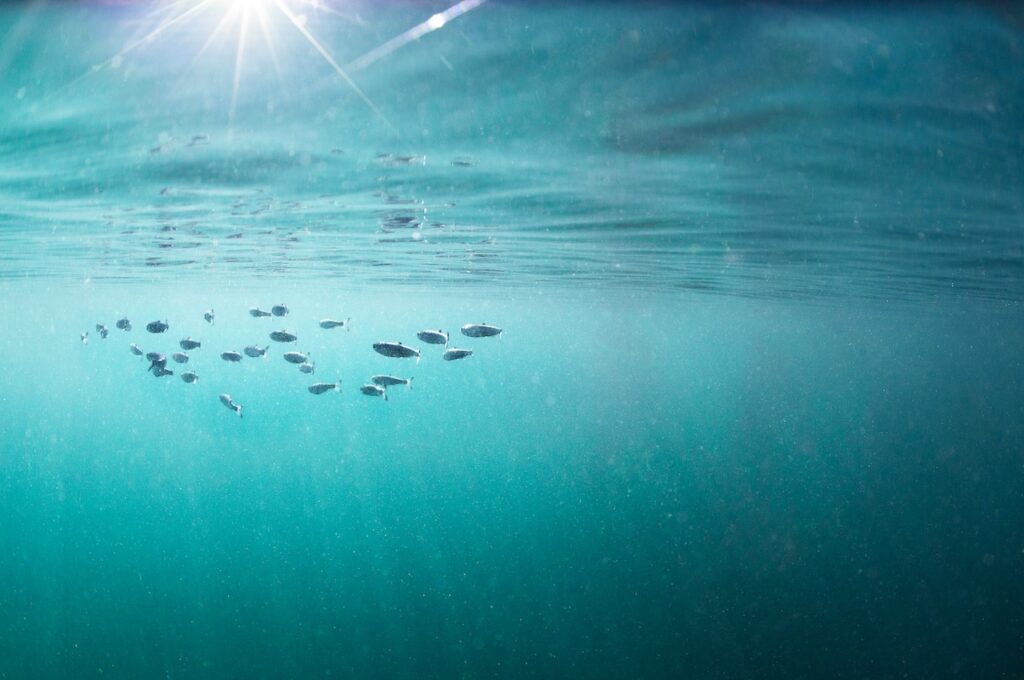Hereditary chiefs typically designate a speaker to speak for them in public. This is because when they say something, it can’t be taken back. So I was curious when I heard Chief Maquinna from Ahousaht was going to speak at a Raincoast Education Society event in Tofino about old growth forests—how was this going to work?
Lewis George is the hereditary chief of Ahousaht, and bears the traditional title m̓ukʷina (Maquinna), which he received from his late father Earl Maquinna George. The first thing he did last week was to explain why he was speaking. Hereditary chiefs can only speak for themselves when they have good news. And Ahousaht has good news!
The Ahousaht confederacy recently announced their marine- and land-use vision for their traditional territories (ḥaḥuułʔi). The community consensus is to protect their lands and waters, including the globally rare ancient rainforests—the massive cedars and spruces—of which they are the custodians.
Sustainable marine and land use planning
The release of their vision is the culmination of two years work by the community, led by the Maaqutusiis Hahoutlhee Stewardship Society (MHSS), which represents the ʔaahuusʔatḥ ḥawiiḥ (Ahousaht Chiefs). “The economic sustainability of our community must be underpinned by sustainable marine and land use planning and that is where we are starting today,” said Chief Maquinna, who also voiced appreciation for The Nature Conservancy for their technical support and their commitment to raise a stewardship endowment fund to support the plan’s implementation.
The map accompanying this post shows the Ahousaht vision. The large green areas are zoned wiklakʷiiḥ (never to mistreat). These are Ahousaht protected areas meant to conserve biological diversity, and to provide for Ahousaht continued spiritual, cultural and sustenance use.
The smaller brown areas are zoned łaaškaaša uuḥw̓ał hitaqƛas (use the forest to high grade selection). Forest management would meet or exceed the Clayoquot Science Panel recommendations (see my 23 January 2017 post). The focus would be to generate long-term jobs and economic benefits for Ahousaht members, including credits for the carbon sequestered in Ahousaht’s old-growth forests.
The orange zones are Maʔas (place for houses). This zone would include community infrastructure, as well as lodges and resorts.
Full details of the vision and zones here.
No mine wanted on Catface Mountain!
As part of this announcement, the Ahousaht chiefs announced that čitaapii (Catface Mountain), at the heart of their territories and a place of high cultural significance, will not be mined. Imperial Metals has explored the potential to develop a Mount Polley-style open pit copper mine by removing the top of the mountain.
Ahousaht First Nations, Tla-o-qui-aht First Nations and the village of Tofino are united in opposition to mining in the Clayoquot Sound UNESCO Biosphere Reserve. It is the provincial government of BC who gives permits to miners—only they have the power to stop doing so, by legally ban mining in the region. It’s time for the province to step up to the plate, and support local governments.
There is very little left of the rich ancient forests which once blanketed Vancouver Island. The largest remaining area (by far) is Clayoquot Sound. Congratulations to the people and leadership of Ahousaht for launching a bold vision to protect your territories while rebuilding your economy!
Dan Lewis is Executive Director of Clayoquot Action.





